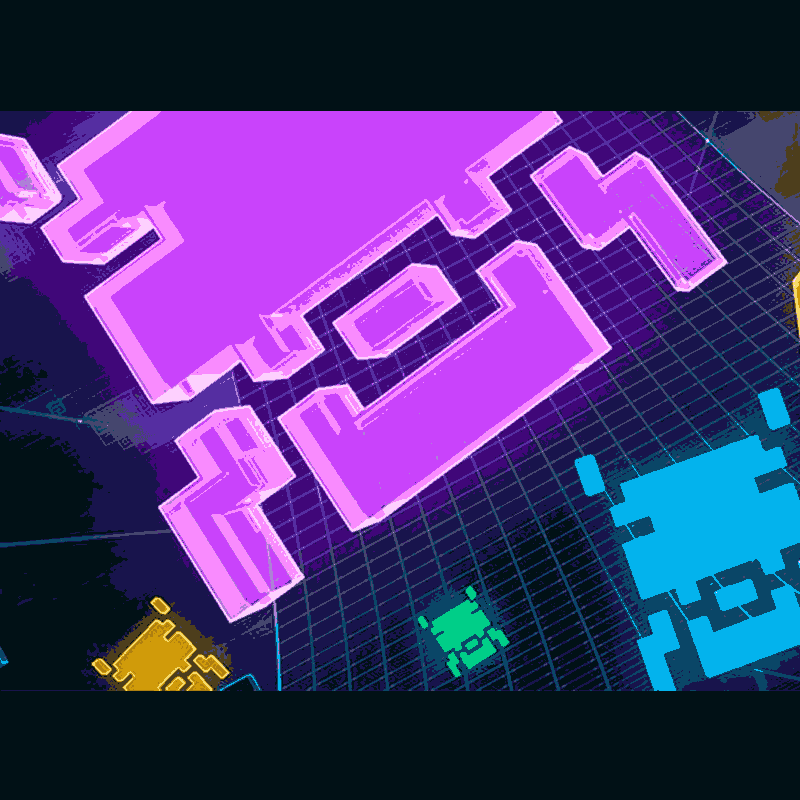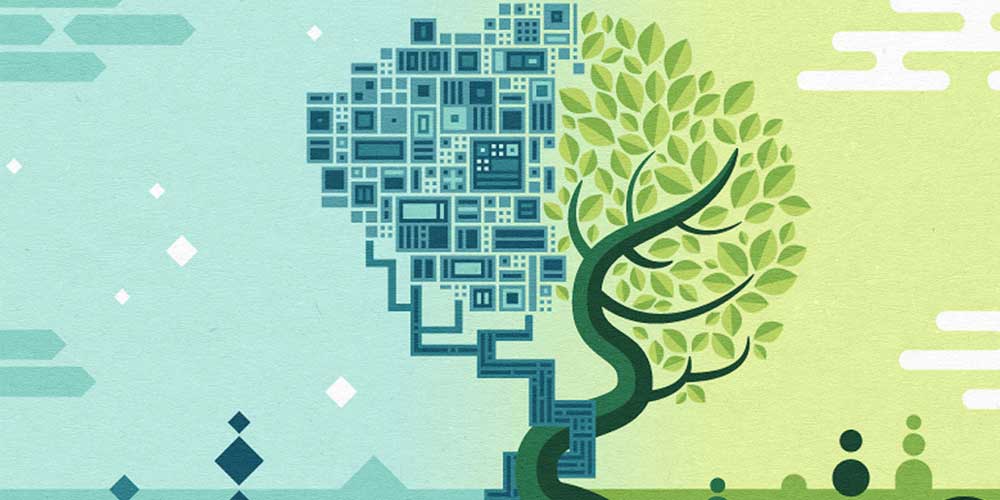
Children are grounded so they can reflect to their own mistakes and learn from them. People need rest and sleep to restore their energy because activities deplete and burden both our mental and physical state.
Humans are made of flesh and blood. We're living creatures that need to do what we need to do, by doing something in between as a refreshment. We need break time, we may need some time off to unwind things. We can get pretty bored at routines and can be frustrated with our daily lives from time to time.
Google has been one of those that develops and do continuous researches in the fields of Artificial Intelligence (AI). Google's AI has defeated a professional human Go player, and made numerous achievements in terms of AI.
In order to make it more human, Google's DeepMind is teaching computers to sleep.
"We argue that one often overlooked contribution is the use of ideas from experimental and theoretical neuroscience," said the researchers on DeepMind's blog. "Psychology and neuroscience have played a key role in the history of AI."
DeepMind researchers are teaching computers to learn with neural-networks, AI and machine-learning algorithms. But what's difficult, it to teach computers how to figure something out on its own.
For example, self-driving cars need to make quick decision when it comes to traffic and saving people's lives in an accident that may happen in a fraction of a second. Data analysis from inputs, paired with algorithms can help AI to group information into segments. But still, AI needs to be able to think like a person.
AI is an Artificial Intelligence. Meaning, it should mimic us humans. Otherwise, what's AI for?

"Put simply," continues the blog post. "if we discover one of our artificial algorithms mimics a function within the brain, it suggests our approach may be on the right track. Second, neuroscience can provide a rich source of inspiration for new types of algorithms and architectures to employ when building artificial brains."
In a seminal finding in neuroscience, it was discovered that there is an offline experience "replay". During this time, sleeping or quiet resting makes our biological brain "replay" temporal patterns of neuronal activity that were produced in an earlier active period.
So here Google is trying a replicate that method to computers by making them able to use their functional resources to figure out a problem and learn something, and save that information inside a "dream" while it's offline.
If this method is proven to work, future AI could solve problems while it's "sleeping". In other words, when we see future AI goes to sleep or offline, it may become smarter when it wakes up.
